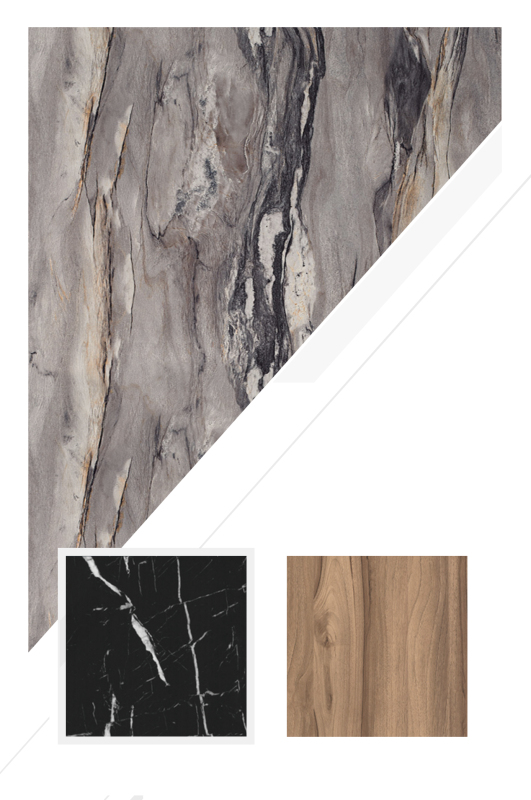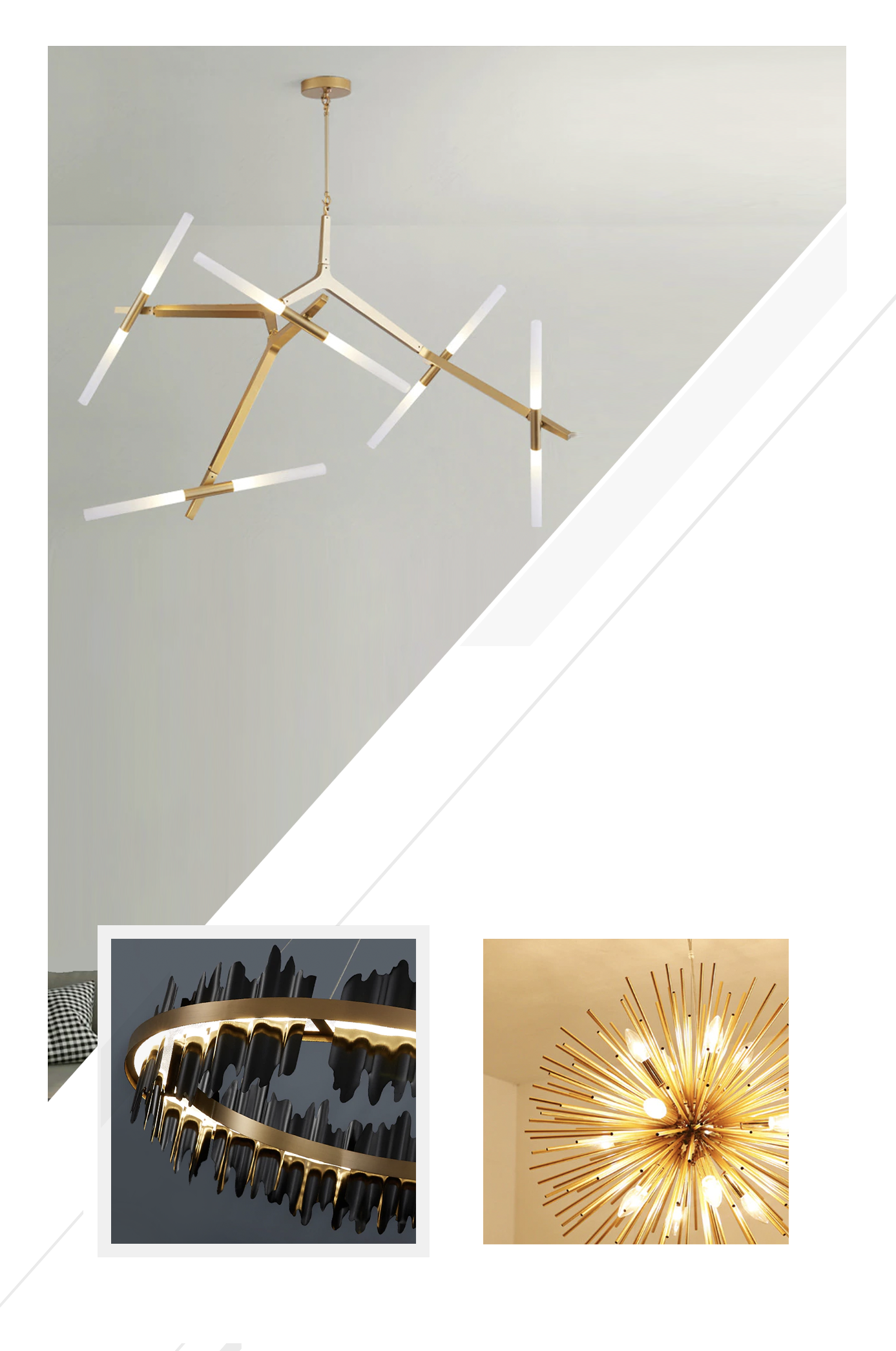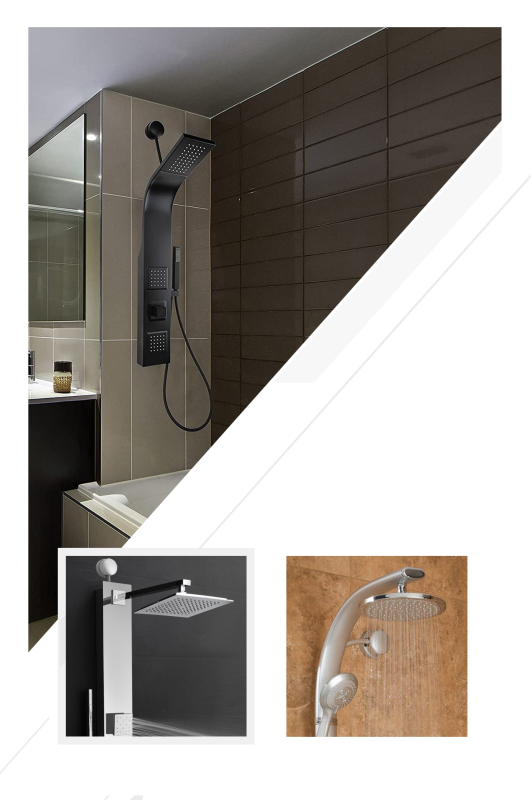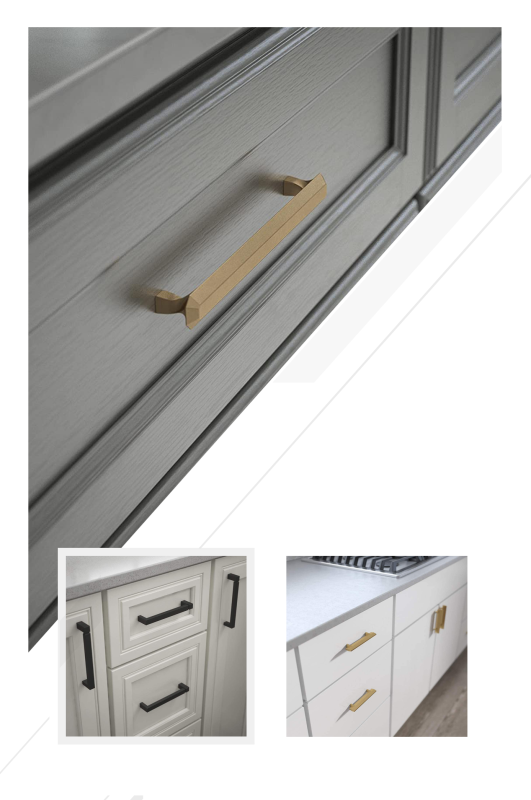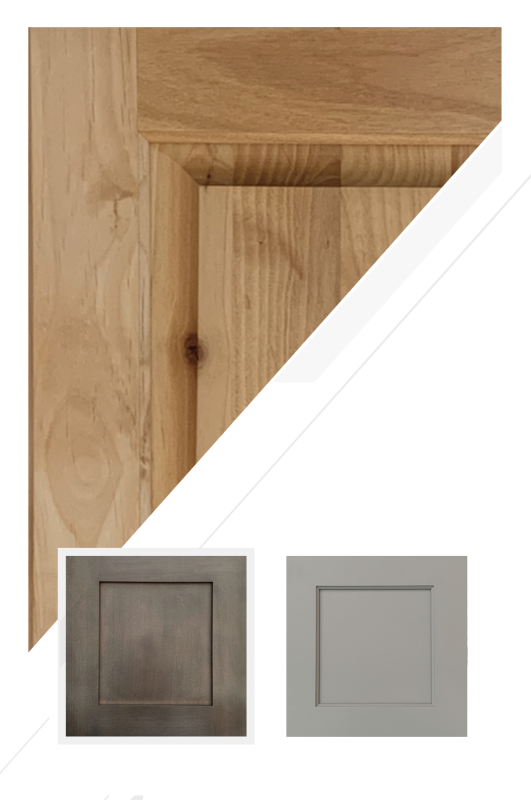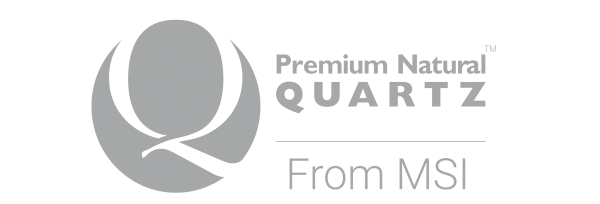Set Day Mastery: Cranes, Logistics, and Neighbor-Friendly Rebuilds
By Joy Line Homes California
There is a moment in every modular rebuild when the plan becomes a place. Trucks arrive, streets are quieted, the crane stands tall, and sections of your home rise into the sky. For families in Los Angeles, Ventura, Santa Rosa, Napa, and Paradise, that moment is set day. Joy Line Homes treats set day as a choreography of safety, schedule, and community care. When the sequence is correct, modules land cleanly, neighbors feel respected, and your path to occupancy accelerates.
Modular speed is not only built in the factory. It is created in the maps, permits, traffic plans, and crane studies that precede the big day. This article explains how Joy Line turns complex logistics into a calm experience. You will learn what we prepare, how we coordinate with cities and counties, and how details like staging, rigging, and utility timing protect both budget and goodwill on the block.
Preflight: The Three Week Countdown
Three weeks before set, our project team locks the schedule with the factory, crane operator, transport carriers, and inspectors. We issue a final route plan that shows turning radii, clearances, and overnight parking if needed. Street occupancy permits and traffic control plans are confirmed with the jurisdiction. Neighbors receive notices with dates, contact numbers, and a simple map that explains where cones and signs will be placed. A calm neighborhood is part of a successful set, so our communication is friendly, specific, and brief.
On site, foundations are surveyed and anchor points are verified. Utility stubs are capped and labeled. The staging pad is compacted and clear. If the site is in a hillside zone in Los Angeles or Ventura, we confirm slope protection and handrail locations for crew safety. In Santa Rosa and Napa, where side yards are often tight, we measure fence offsets and overhead lines so there are no surprises when the first trailer turns the corner.
Cranes and Rigging: Choosing the Right Lift
Every site tells us which crane to use. Short reach urban sites often favor a hydraulic crane that can set up quickly with fewer outriggers in the roadway. Long reach rural sites may require a larger class to clear trees and vineyard rows without touching them. Joy Line prepares a lift plan that includes module weights, pick points, tag lines, landing sequence, and wind limits. Rigging is specified to protect the structure and control swing. Our operators study the site before the morning call so the first pick is confident and smooth.
Safety governs the lift. Exclusion zones are taped and signed. Spotters watch overhead for lines and branches. Radios keep the rigging team and the operator in sync. When the module turns above the property line, movement is slow and deliberate. The crew knows that neighbors are watching. Professional pace builds trust and keeps the street relaxed.
Transport: Streets, Turns, and Quiet Arrivals
Transport logistics begin with route surveys. We record lane widths, curb radii, and low wires. If a tight corner exists, we secure a temporary no parking zone. In downtown Santa Rosa or Napa side streets, early morning arrivals reduce conflict with school traffic and deliveries. In Los Angeles canyons, we space trucks to avoid blocking long stretches at once. Engines are idled down during staging. The message is clear. We are guests on the block and we act like it.
Trailers are chocked on level ground before untarping. Wrapping is removed in an orderly sequence so debris stays contained. Hardware kits are sorted onto rolling carts with labels for each module. The goal is a tidy curb lane that reads as a professional job site rather than a pile of packaging on the asphalt.
Foundation Readiness: Tolerances that Protect the Schedule
Speed depends on fit. Joy Line verifies anchor locations, sill elevations, and diagonals before the crane arrives. If a helical pile grid is used in Paradise or a raised steel platform in Los Angeles, bolt patterns are checked against factory drawings. Shims and bearing pads are staged by size. When the module lands, it settles into a prepared seat rather than a guess. Marriage walls align, hardware drops in, and the crew moves immediately to weather dry.
Where slabs are used in Santa Rosa or Napa infill, we confirm that anchor bolts are de-burred, edge insulation is protected, and sleeves for utilities are clean and accessible. Set day should be about lifting and landing, not solving problems that could have been resolved the day before.
Weather Dry, Then Air Tight
Once modules are seated and bolted, our team closes roofs and joints before shifting to interior tasks. Roof seams are covered with pre cut membranes and metal flashings. Marriage wall gaps receive backing, air seals, and fire blocking as specified. Openings at eaves are closed with panels and screened vents. The goal is to make the building weather dry within hours, then air tight soon after. This sequence keeps interiors clean and keeps the project moving even if a breeze brings dust or smoke through the valley.
Set day is not the finish line. It is the launch pad for finishes and inspections. By evening, the home reads as a whole. Neighbors see the design, and you see rooms that match the plans. The sense of progress is real, and it supports the momentum that carries the project through final.
Traffic Control and Neighbor Care
Good logistics include simple courtesies. Driveways are kept clear whenever possible. Access for mail and deliveries is coordinated. If a lane closure is required, we provide flaggers who greet drivers with clear directions and a friendly tone. Sidewalks remain open and safe. If a closure is unavoidable, temporary barriers guide pedestrians around the work without confusion. We clean the street at the end of the day so the block looks cared for, not disrupted.
Communication stays steady. A field lead carries a phone number on the neighbor notice and answers questions in real time. When residents feel informed, they become allies. Many have watched the rebuild journey and take pride in seeing you come home. Our team respects that support with a site that stays orderly from first cone to last sweep.
Utility Timing: Hookups Without Headaches
Utilities are scheduled to follow the set rather than compete with it. Electrical conduits and panels are staged for quick connection after modules land. Gas meters are placed outside the first five feet of the building where practical and shielded from heat sources. Water lines pass through insulated sleeves with labeled shutoffs. In Ventura, corrosion resistant components are used near the coast. In Los Angeles, hillside sites receive protected runs that avoid steep exposures. Inspections happen in a logical order so each trade finishes cleanly before the next one begins.
Because factory inspections are completed before delivery, field inspectors focus on foundation, connections, and final fit. Clear labeling and tidy terminations turn those walk throughs into short, confident visits. Approval days are calmer when the story is easy to follow.
ADU Sets: The Fastest Path Back to Your Land
Many families begin recovery with an Accessory Dwelling Unit. ADU set days are compact and efficient. Modules land near existing utilities, and the crane footprint is small. In Santa Rosa side yards, a slab on grade allows a quick pick and a short path to weather dry. In Napa and Paradise, ADUs form courtyards with the future main home, which improves wind control and defensible space. The result is swift occupancy, lower temporary living costs, and a flexible asset that supports the next phase of the rebuild.
ADU sets also reveal the value of modular precision. Tight openings, straight walls, and aligned roof closures shorten punch lists. Owners can walk the space within hours and begin to plan furniture, lighting, and outdoor rooms that extend daily life back onto the site.
Regional Logistics: City by City
Los Angeles: Hillside access requires careful crane placement and staged truck arrivals. We coordinate with film and event calendars where needed and plan early morning sets to reduce traffic. Raised platforms protect underfloors and allow service access on steep lots.
Ventura: Coastal conditions demand corrosion resistant rigging hardware and clips. Canyon winds are considered when setting large modules. Deck framing is enclosed to remove ember traps before inspectors arrive.
Santa Rosa: Neighborhood rhythm matters. We preserve on street parking where possible and schedule off peak deliveries. Slab on grade plus compact modules create quick passes that leave streets open by late afternoon.
Napa: Rural routes require turnouts for trucks and coordination with agricultural schedules. We protect vines, orchards, and irrigation lines with clear mats and defined travel paths.
Paradise: Narrow lanes and disturbed soils favor helical pile foundations and smaller pick plans. Utility protection is critical, with labeled shutoffs and visible disconnects that align with local inspection habits.
Documentation that Calms Inspectors and Carriers
Joy Line delivers a binder and a digital folder that include crane studies, rigging plans, lift logs, inspection photos, and module weights. Inspectors appreciate seeing that the work matches the plan. Carriers appreciate clean documentation when a supplement references code driven assemblies. A tidy paper trail keeps questions short and approvals on pace with the schedule you have already shared with your neighbors.
Safety Culture on the Street
Safety is visible. Cones align. Signs are readable. Crews wear high visibility gear. Fire extinguishers and first aid kits are placed where everyone can see them. Water and shade are provided for crews and visiting officials. When a site looks organized, it is organized. That calm translates into faster work, fewer errors, and a positive experience for the block.
After the Last Pick
With modules landed and the roof closed, we sweep the street, remove cones, and reopen parking. The crane rolls away and your home stands ready for finish, air sealing, and inspections. Neighbors who watched the lift often stop by to say congratulations. It is a meaningful moment. Set day marks the return of a household to the community. Our goal is to leave the block cleaner than we found it and to leave you with a clear path to the next milestone.
Why Logistics Protect Budget and Spirit
Every day matters after a fire. Additional living expenses have limits and patience has limits too. Clean logistics protect both. When modules land without delay, you save rental costs and see progress that fuels the many small decisions ahead. When neighbors feel respected, they become champions for your project rather than obstacles. When inspectors encounter tidy work, approvals move quickly. This is how a plan becomes a home in weeks rather than months.
The Joy Line Perspective
Set day is the heart of modular building. Joy Line Homes treats it with the care it deserves. We plan routes, permits, and schedules with precision. We respect neighbors with clear notices and clean streets. We choose cranes and rigging that fit the site. We land modules that were built for the foundation points you already have. From Los Angeles to Ventura, from Santa Rosa to Napa and Paradise, our logistics support your recovery with speed and grace. The day your home rises should feel orderly and hopeful. That is what Joy Line delivers.
About Joy Line Homes
Joy Line Homes builds modular residences and ADUs across California with WUI ready assemblies, factory precision, and logistics that respect neighborhoods. Our set day process delivers calm streets, quick lifts, and a faster path to keys for families rebuilding after wildfire.
Visit JoyLineHomes.com to request a route study and set day plan for your project.
We are based in Santa Cruz County ,
California
Tel: (831) 888-Home
Email: info@joylinehomes.com
Business Hours: 9am - 6pm

